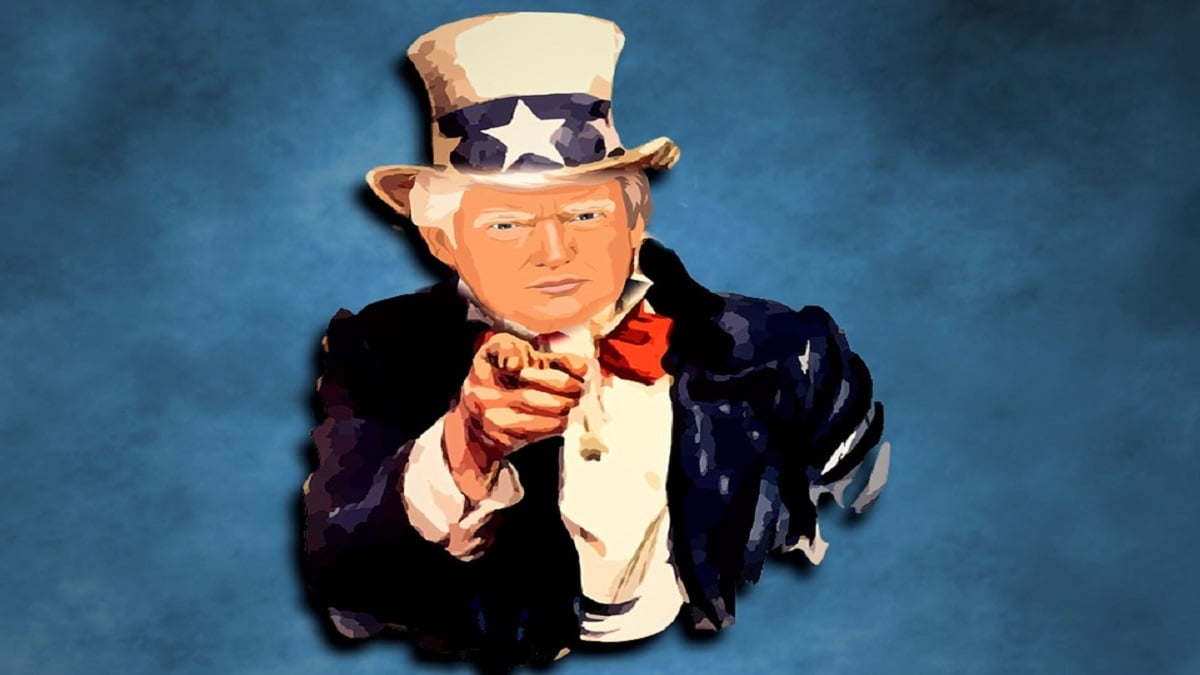Stanford researchers — including Kaili Wang, Dan Boneh and Qinchen Wang — put forward a paper titled ERC‑20R and ERC‑721R: Reversible Transactions on Ethereum that describes how new token standards on Ethereum might allow some transactions to be reversed under clearly defined conditions.
They call these new token standards:
- ERC‑20R (for fungible tokens)
- ERC‑721R (for non-fungible tokens) ChainCatcher+1
Important: this is not saying that all Ethereum transactions will be reversible, or that the base layer of Ethereum will change. It’s an opt-in token standard — meaning if you issue a token under ERC-20R or ERC-721R, that token would carry reversible-transaction functionality. Cointelegraph+1
🧮 How does it work?
Here are the key parts of the mechanism:
- Short “reversal window”
After a transaction occurs for one of these reversible tokens, there is a limited time window during which a reversal may be requested. After that, the transaction becomes final and irreversible. arxiv.org+1 - Freeze request & governance contract
If a user believes their funds were stolen (or otherwise “should be reversed”), they can submit a freeze request to a governance contract tied to the token. They must provide evidence and deposit some collateral. crypto.news+1 - Decentralised court / judges vote
A set of “judges” (selected in some decentralised fashion) review the request. They vote whether to approve a freeze. If approved, the disputed assets are frozen. If rejected, the collateral may be forfeited. ChainCatcher+1 - Freeze execution & tracking
For NFT‐type tokens (ERC-721R) freezing is easier (you simply prevent the NFT from transferring). For fungible tokens (ERC-20R), the design must track flows of stolen assets (which might have been split, mixed, exchanged) and ensure enough of the stolen amount is frozen. They propose algorithms for that. ChainCatcher+1 - Trial & reverse or reject
Both parties (the claimant and the accused) can present evidence. After deliberation, the judges instruct the system either to reverse the transaction (return assets to claimant) or reject the reversal (unfreeze, return to original state). crypto.news - Opt‐in and layering implications
Because these are new token standards, they’re optional. The researchers note problems when a reversible token is swapped for a non-reversible token (or vice-versa) — for example, an exchange may only finalize once the reversal window has passed. ChainCatcher
🤔 Why this idea?
- The blockchain world sees large volumes of theft: e.g., they cite $7.8 billion in 2020, $14 billion in 2021 stolen. nasdaq.com+1
- One major barrier to mainstream adoption of crypto is the lack of a “safety net” when things go wrong (hacks, mistaken transfers).
- The researchers argue: if we can’t stop all thefts, maybe we can reduce the harm by giving victims a viable path to recovery. Financial Express
⚠️ Key challenges & criticisms
- Immutability vs reversibility: A foundational property of blockchains like Ethereum is that once a transaction is committed, it cannot be changed. Introducing the possibility of reversal raises questions about censorship‐resistance and trust. nasdaq.com+1
- Governance / judicial mechanism: Who chooses the judges? How do you ensure they are not corrupted or biased? These questions are still open according to the researchers. nasdaq.com
- Complexity for fungible tokens: Tracking stolen fungible tokens (which may be split, mixed, swapped) is harder than freezing an NFT. The algorithmic complexity and practical implementation are non-trivial. ChainCatcher
- User behaviour & market adoption: If tokens become reversible, will users trust them? Will exchanges accept them? Will people prefer the “irreversible” status of traditional tokens? It remains uncertain.
- Scope and unintended consequences: Some in the crypto community argue that adding reversibility could weaken decentralisation or open up avenues for censorship. Reddit
🔍 Status & next steps
- The work is a proposal and prototype. The authors themselves state this is not a fully finalised standard yet. nasdaq.com+1
- For this to be broadly adopted, the community would need to:
- Further refine the token standard (ERC-20R/721R)
- Implement and audit real-world contracts
- Develop governance and judge-selection mechanisms
- Address interoperability with non-reversible tokens and ecosystems
🧩 Implications for you / the ecosystem
- If you’re issuing a token and you’re concerned about theft or wrongful transfers, a reversible token standard might offer a safety mechanism.
- If you’re a trader or holder, you might need to understand whether a token you hold uses reversible mechanics — because its risk profile (and trust assumptions) differ.
- For exchanges and custodians, this could shift how you manage finality and asset custody.
- For policy/regulators: this kind of approach could bridge the gap between “crypto is irreversible” and “traditional finance has reversals” — influencing regulation.




